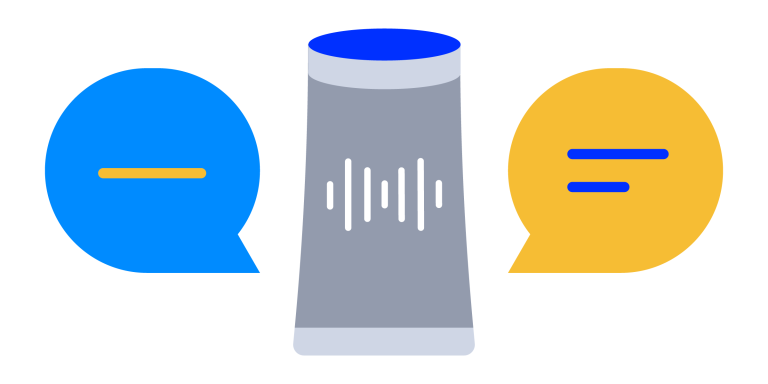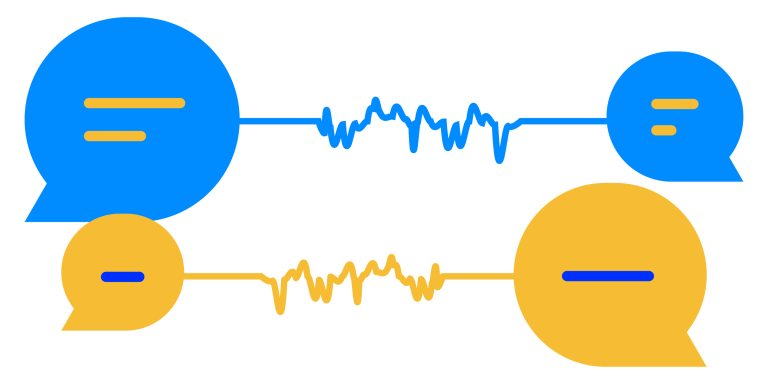There are a lot of predictions about the future of voice assistants. Industry experts forecast the integration of voice technology into nearly every application in some shape or form over the next 5 years, but building this technology in-house may take years without internal expertise.
Instead, leading brands, like Mercedes-Benz and Pandora, are partnering with Voice AI experts to develop custom voice user interfaces that have the flexibility to include Alexa and Google alongside a custom, branded voice assistant. These partnerships are creating voice assistants in less time and with greater success than trying to build the solution from the ground up with internal teams.
Smart speakers reached “critical mass” at the end of 2018 when 41% of US consumers were reported to own a voice-activated speaker and Alexa led the market. Consumer’s comfort with the Alexa interface and functionality has driven many brands to move toward Alexa integration into their products, sacrificing brand awareness for the comfort and ease of offering a familiar voice interface for their customers.
What many of these brands don’t realize is that they can have both: A unique, custom voice assistant in combination with the familiarity, comfort and functionality of Alexa. It allows for multiple voice assistants to live side-by-side and is enabled by a multi-phrase strategy.
Implementing a multi-phrase strategy
Creating exceptional customer experiences with your voice interface may include providing access to more than one voice assistant. For instance, you can create a branded wake word like, “Hey Mercedes” and have that voice assistant help with in-car entertainment and product-specific functions, such as rolling down the windows or regulating the temperature. In addition, you may want to integrate Alexa and allow your customers to make Amazon purchases using their voices.
To achieve this multi-phrase strategy, developers will need to partner with a voice user interface platform that includes a flexible phrase spotter. Using this technology, brands can create multiple wake phrases in one model (importantly, with minimal CPU impact to avoid burdening local systems). Once implemented, users of the product can trigger their voice assistant of choice without interrupting the flow of the conversation.
One of the great challenges of implementing a voice strategy is determining your brand’s voice. Implementing a multi-voice strategy helps to solve some of the issues associated with creating a custom voice experience that’s branded, while simultaneously offering voice-based services familiar to your audience.
“Alexa” resident on your product
You wouldn’t allow another brand to determine your logo design and colors, why would you give away your core voice experience? While voice assistant adoption has not yet reached saturation in all applications, it soon will. Rising above the noise is already difficult for most brands.
The advent of voice in all products that require a human-to-machine interface will further deepen the challenges of developing a unique and memorable brand identity. To stay competitive, innovative companies will consider ways to differentiate products through voice and prove value beyond that which is promised by the competition.











